Henry Homeyer: Start now on thinning, grooming trees, shrubs and bushes
Early spring is a good time to look at the trees and shrubs on your property when you are not distracted by flowers and leaves. Study them now to see if they need some care — and if some plants need to be removed for the health or beauty of the remaining ones.
If you have a wooded area on your property, it probably needs some help from you, especially if you haven’t done any thinning or grooming of trees in recent years. Start by going outside and really looking — with a critical eye — at the trees growing on your property.
In nature, trees grow willy-nilly. Where a seed lands is largely determined by chance. It is unable to know if it is 6 inches or 6 feet from another tree. If it germinates and grows, it might be a good place, or it might be smack-dab next to another tree — or your house.
Gardening:Bring spring indoors by forcing woody stems to bloom
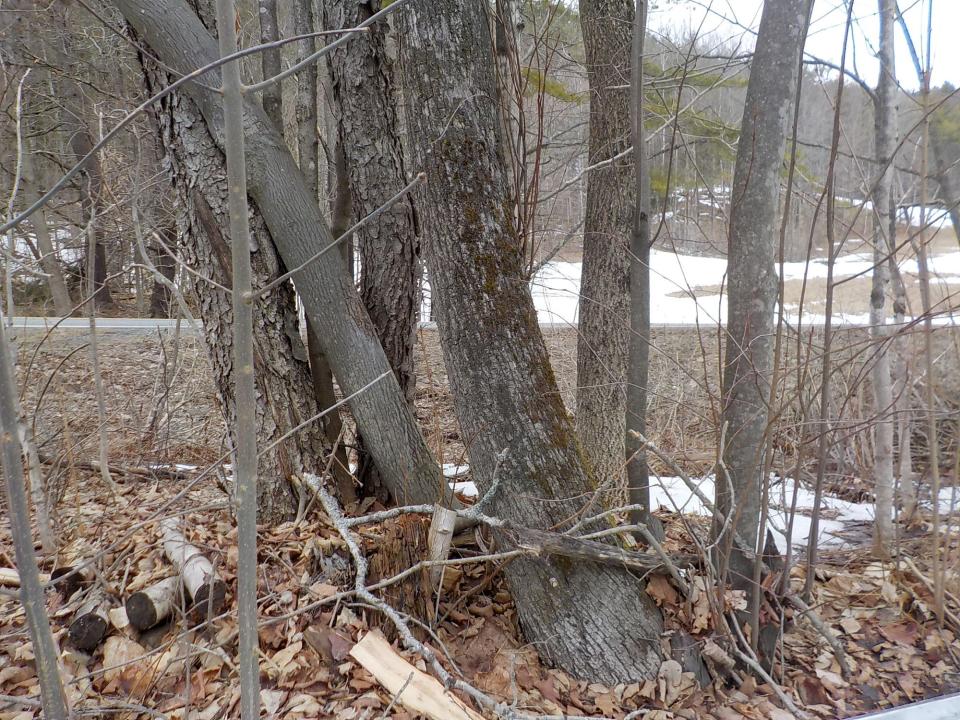
Examine trees on your property with an eye to their future
Ask yourself, as you walk around your property looking at your trees, what is the future of this particular tree? How big does this type of tree grow? What will this one look like in 10 years? In 50 years? Is it too close to its neighboring trees or to the house? Is it shading your vegetable garden or favorite flower bed?
I’m a tree-hugger, but I have no problem with cutting down trees when judicious removal is beneficial. Now is the time to plan on some careful thinning to improve the health of your best trees and to improve the looks of your landscape.
Use a guide to help identify trees
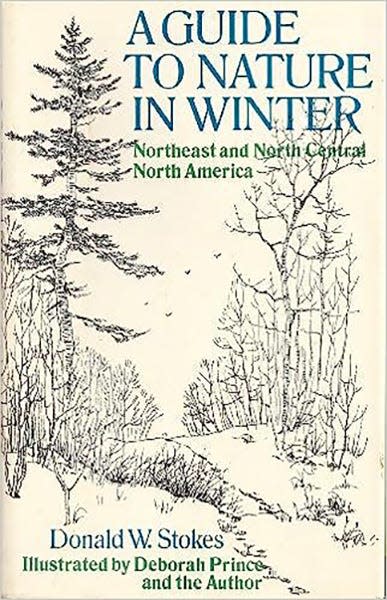
Before you start tagging trees for culling, you need to learn to identify the ones on your property. A good guide is “A Guide to Nature in Winter,” by Donald Stokes, a wonderful book that will help you with that. Because there are no leaves on most trees right now, the Stokes book is great to help identify trees by their bark, shape and buds. It also teaches about the other living things out in the woods — from snow fleas to deer and everything in between.
Trees that I cull from my woods include poplars (Populus spp.), boxelder (Acer negundo) and alders (Alnus spp.). These are fast-growing trees that are short-lived and produce lots of seedlings.
Gardening:When is the best time to prune apple and other fruit trees? Henry Homeyer explains
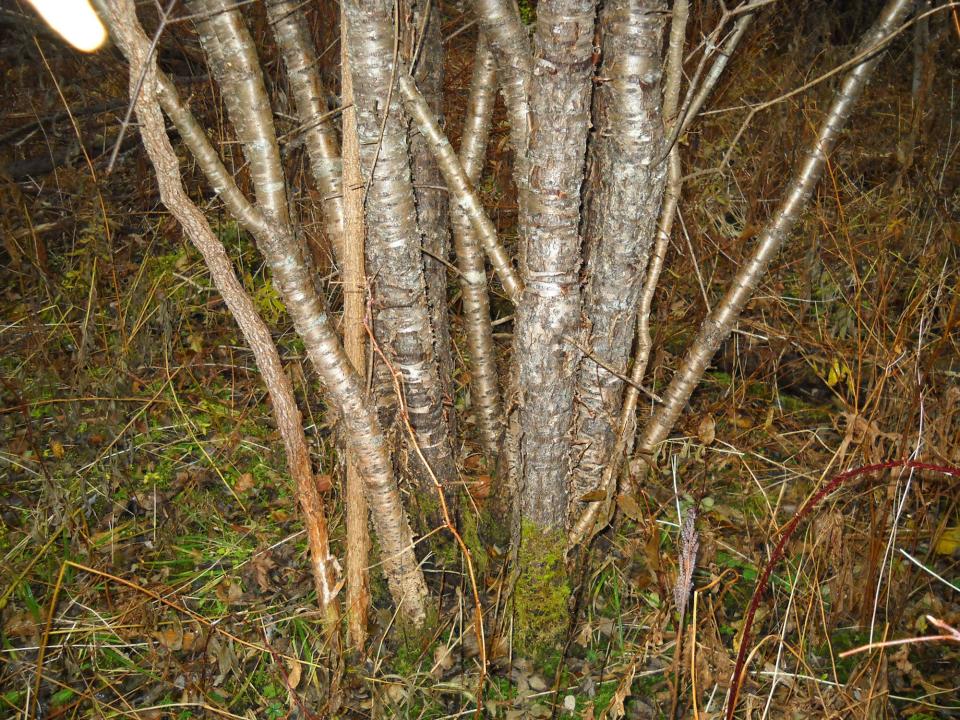
Trees that I revere are maples, oaks, beeches, birches and hophornbeams (Carpinus caroliniana). I would think long and hard about cutting down one of them. But if a fast-growing poplar were growing within six feet of one of my favorites, I would not hesitate to cut the popular down. Trees need plenty of space to do well.
Eliminate invasive shrubs, bushes
Invasive shrubs make their way into most woods, too. Barberries, burning bush and honeysuckles are shrubs that can choke out native shrubs and many native wildflowers. I work on eliminating those every spring, but the honeysuckles are still ahead of me. Learn to identify them and tag them for removal.
There are a few buckthorns (Rhamnus spp.) moving into the neighborhood, and I am keeping a sharp eye to make sure none get established on my property. Buckthorns are foreign invaders that cannot be easily killed by cutting them down because they sprout up from their roots.
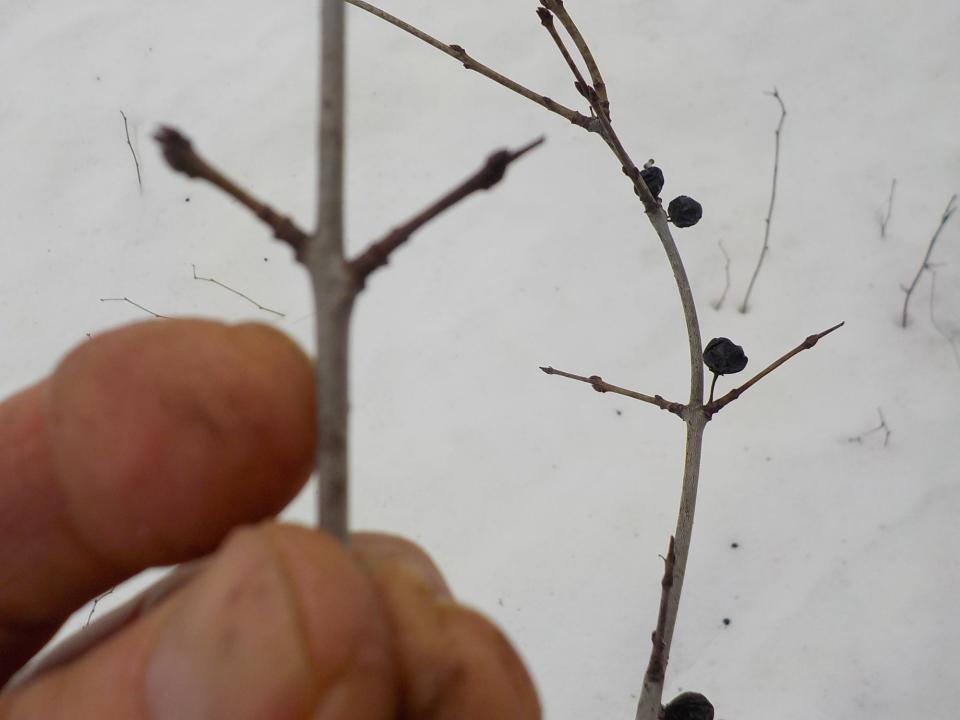
To rid your property of buckthorns, you can pull young ones or girdle the older ones. Trees up to about 2.5 inches in diameter can be pulled with a tool designed for that purpose. It is often called a weed wrench, although the original Weed Wrench company has gone out of business. Another brand of weed wrench is called the “Pullerbear.” It is a steel tool with a gripping mouthpiece and a long handle that provides a mechanical advantage. They come in several sizes and prices. For more information, go to pullerbear.com. I have not yet tried this brand, but they look like the old weed wrenches I have used.
Gardening:Eco-friendly ways to start your seedlings indoors
If you cut down a mature buckthorn it will stimulate the roots to send up many suckers that will develop into new trees. To prevent this, you need to girdle buckthorns twice about 12 inches apart. Cut through the bark, severing the green cambium layer all the way around the trunk, but don’t cut deeply. They will usually survive two years before dying. Girdling starves the roots of food from the leaves.
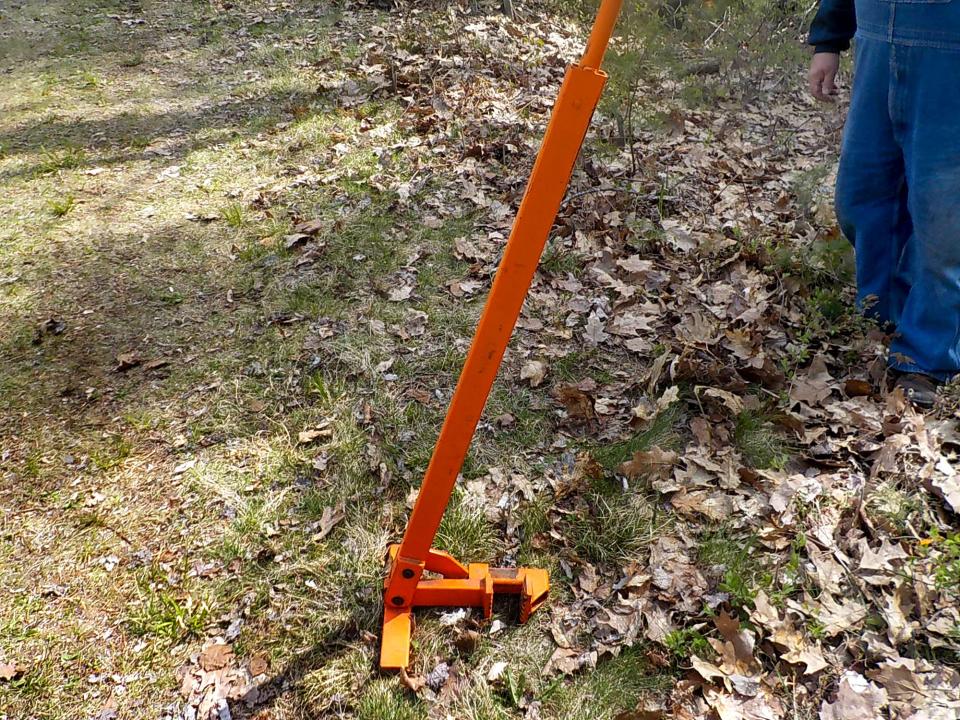
You can girdle them now, but doing so right after they leaf out in the spring is better. Just tag them now and plan their demise. Some buckthorns develop multiple stems in a cluster, making it tough to girdle them, but it is possible using a pointed pruning saw.
Hemlocks and pines often grow so densely that their lower limbs die out because the sun never reaches their leaves. Removing the lower branches opens up the landscape — another task you could do now. Think about removing any wild grapes that are climbing your trees — they can kill them.
Enjoy the spring weather, and make some plans for real spring.

Henry Homeyer's blog appears twice a week at gardening-guy.com. Write to him at P.O. Box 364, Cornish Flat, N.H. 03746. Please include a self-addressed, stamped envelope if you wish a mailed response. Or email henry.homeyer@comcast.net.
This article originally appeared on The Providence Journal: Start now on thinning, grooming trees, shrubs and bushes

